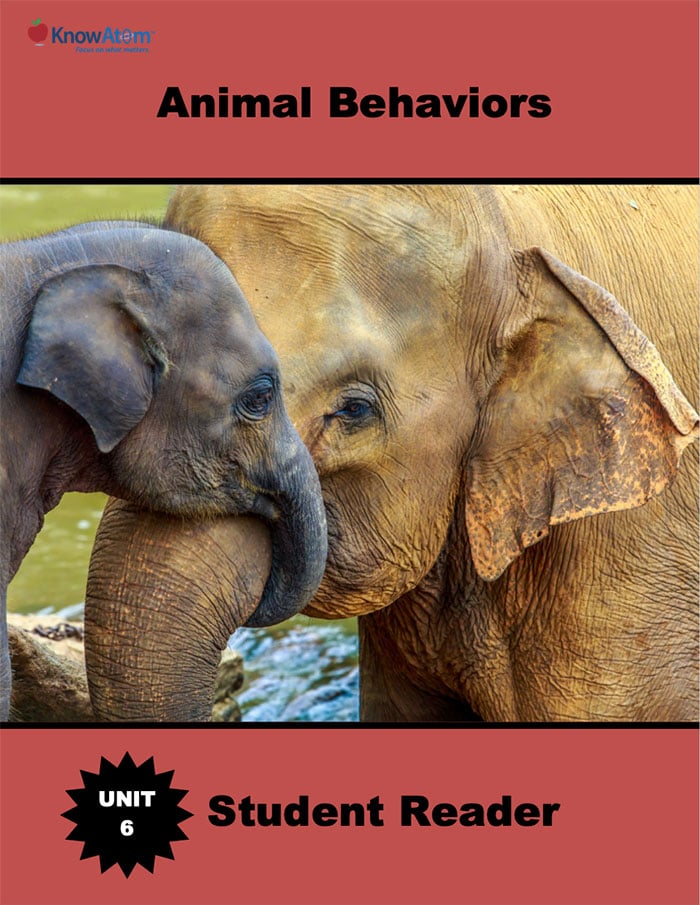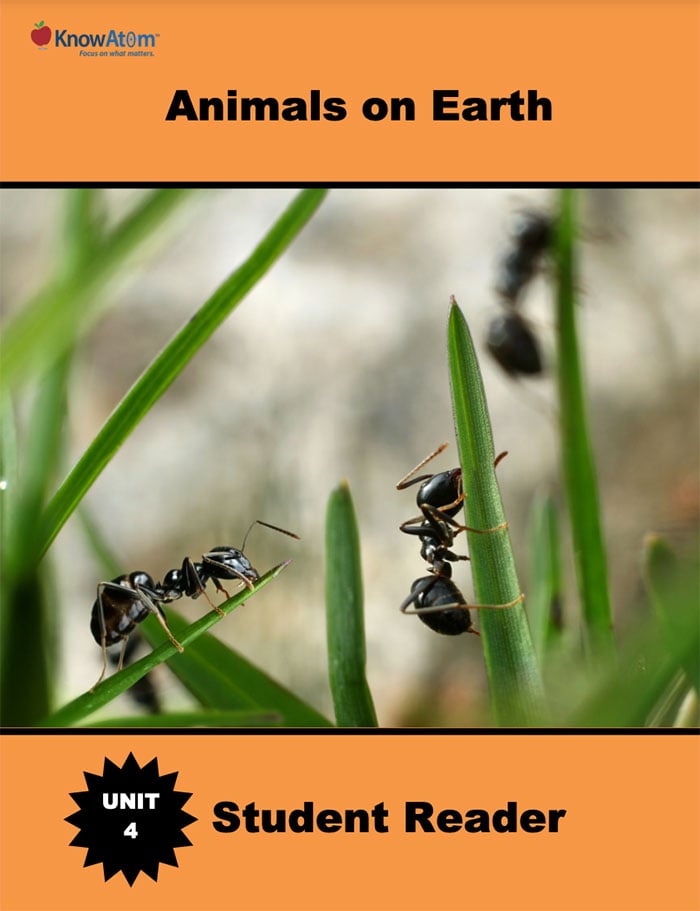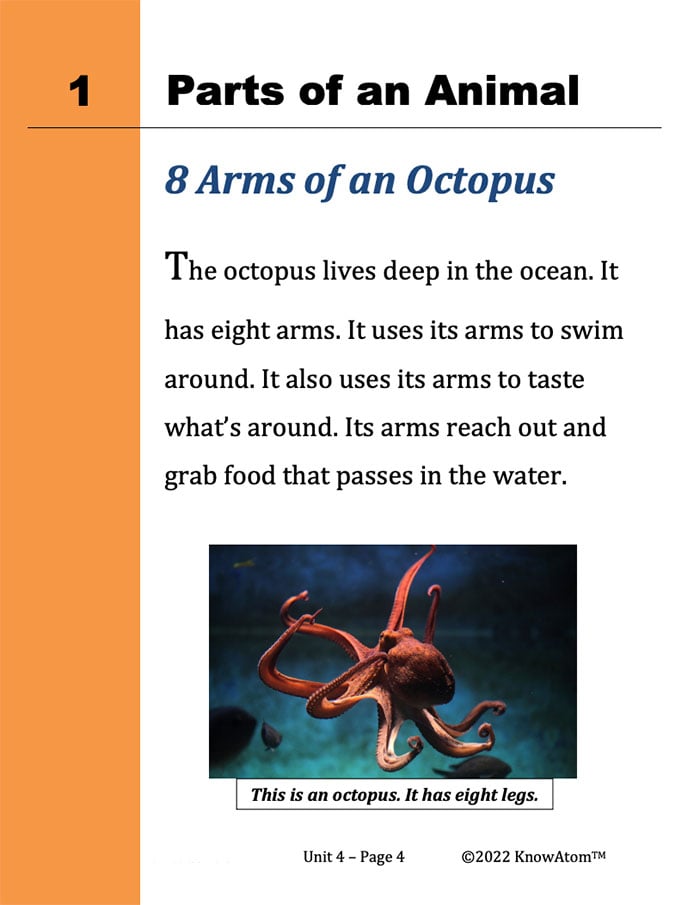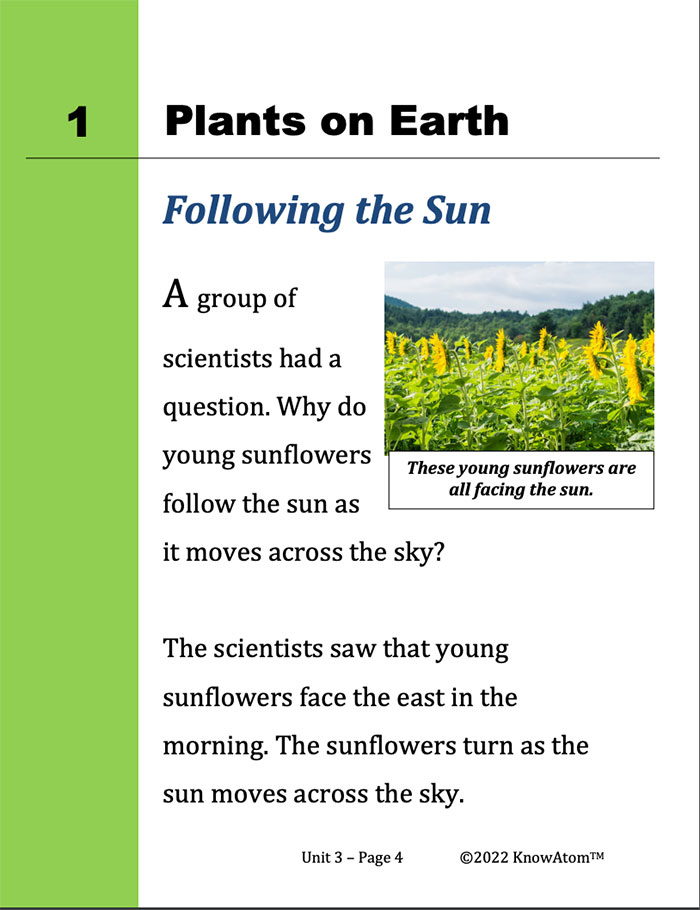
In this unit, students explore the science phenomena of animal behaviors of parents and offspring that help the offspring survive. This page is a high-level extract of lesson two in which students mimic the beaver’s behavior of building dams to design their own dams that solve the problem of flooding.

In this unit, students focus on animals, analyzing how animals’ body parts help them survive and grow. This page is a high-level extract of the first lesson of the unit in which students build insect models to investigate the science phenomena of an insect’s body parts’ structure and function. Students observe how ants use their body parts to get what they need to survive.

Once students have modeled the science phenomena of insects’ body parts, they then focus on one kind of insect: the ant. They conduct an experiment to test the taste preference of harvester ants, and observe how ants use their different body parts to get food, communicate with one another, and carry out other life functions.

In this unit, students begin an exploration of life sciences. Once students have described the differences between living and nonliving things and analyzed what all living things need to survive, they focus on the parts of plants that help them get what they need to survive.
Standards citation: NGSS Lead States. 2013. Next Generation Science Standards: For States, By States. Washington, DC: The National Academies Press. Neither WestEd nor the lead states and partners that developed the Next Generation Science Standards were involved in the production of this product, and do not endorse it.
